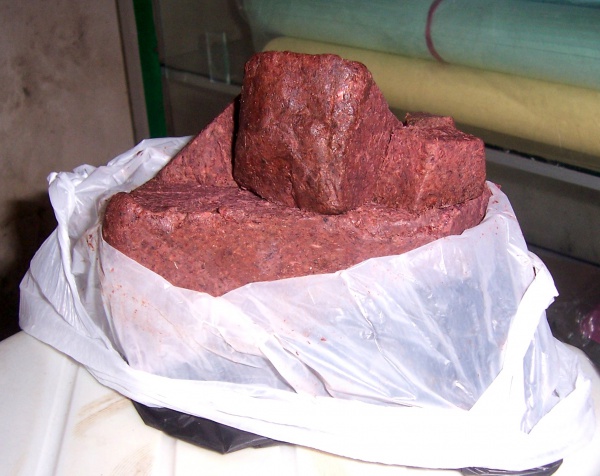Facts About Shrimp paste
Shrimp paste, also known as prawn sauce, is a widely cherished fermented condiment in Southeast Asian and Southern Chinese cuisines. Crafted from crushed shrimp or krill mixed with salt and left to ferment for several weeks, this paste is a staple in many dishes such as curries, sauces, and sambal. It is extensively used in countries like Indonesia, Malaysia, Thailand, and Vietnam.
The origins of shrimp paste trace back to Maritime Southeast Asia, with Thai traditions indicating its roots in the southern regions of the country. Depending on its place of origin, shrimp paste can differ significantly in appearance, aroma, and flavor. Textural and saltiness variations are prevalent across different cultures.
There are numerous varieties of shrimp paste across various countries. For instance, in the Philippines, it is known as Bagoong Alamang. In Malaysia, it is referred to as Belacan, while in southeastern China, it goes by the name Harm ha. In Indonesia, it is called Petis Udang. Each variant has its own unique methods of preparation and culinary applications. Coastal villages often boast thriving shrimp paste industries, where families produce and sell their products to local vendors or distributors.
The process of making shrimp paste involves drying a mixture of shrimp and salt under the sun until it forms a thick pulp. This pulp is then fermented and ground, sometimes repeatedly, to achieve the desired consistency. Finally, the paste is dried and cut into bricks, which do not require refrigeration. Shrimp paste is available in markets around the world, particularly those that cater to Asian communities, with specific brands accessible in countries like the Netherlands, the United States, Australia, and Suriname.

 China
China